Home> Technical Articles> How to Choose Skeleton Oil
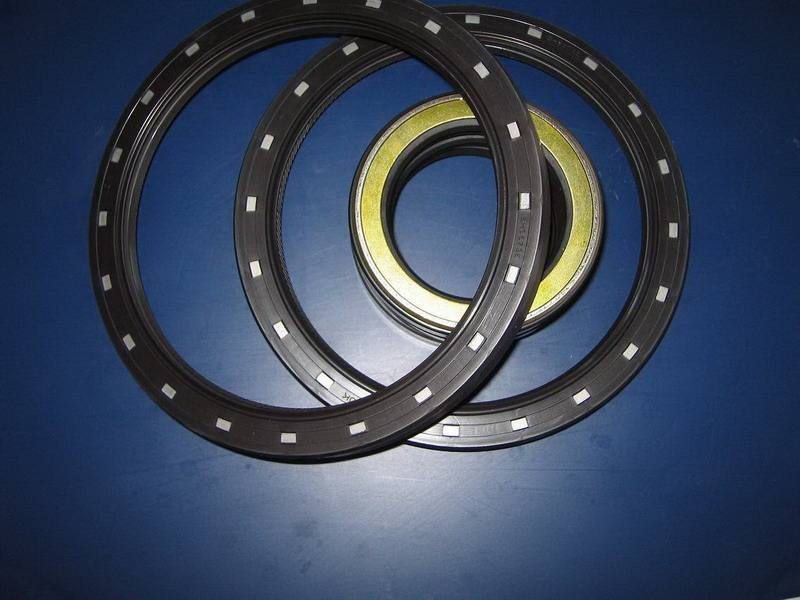
The skeleton oil seal is suitable for many occasions, especially in the harsh working conditions of engineering walking machinery, cranes, fire engines and mining machinery vehicles. It has good sealing performance and mechanical characteristics, and is the main component of the shaft secondary seal. Skeleton oil seals are mainly used in automotive, sensor, medical, pharmaceutical, valve, pump, sanitary, bearing, electrical, rocket and other sealing materials that require resistance to vacuum, friction, high temperature, chemical corrosion.
Three forms of skeleton oil seals:
1. Enclosed skeleton oil seal: This oil seal is widely used, but it is not as good as the exposed skeleton rotary shaft lip seal in terms of positioning accuracy, coaxiality and skeleton heat dissipation. The oil seal structure type has two types: a sub-lip (B type) and a sub-lip shape (FB type). It is made by wrapping the stamped metal skeleton into the rubber to become an inner-package skeleton oil seal. The manufacturing process is more complicated, but the rigidity is good, the assembly is easy, and the material requirements for the steel plate are not high.
2. Exposed skeleton oil seal: The oil seal structure type has two types: sub-lip (W type) and sub-lip (FW type). The oil seal has accurate positioning, high coaxiality, convenient installation and good heat dissipation of the skeleton. The rubber part and the metal skeleton can be separately processed and then bonded together to form an exposed skeleton type. Simple to manufacture and cheap. The United States and Japan have adopted this structure.
3, assembled skeleton oil seal: oil seal with or without a secondary lip (Z type) and a secondary lip (FZ type). This oil seal is suitable for rotating shaft ends installed in large, precision equipment. Seals fluids and greases at pressures not exceeding 0.3 MPa. It assembles the rubber lip, the metal skeleton and the spring ring to form an oil seal. It has an inner and outer skeleton to clamp the rubber lip. There is usually a baffle to prevent the spring from coming out.
Because the skeleton oil seal has an oil film controlled by the oil seal edge between the oil seal and the shaft, the oil film has fluid lubrication characteristics. Under the action of the surface tension of the liquid, the stiffness of the oil film just forms a crescent surface at the contact end of the oil film and the air, preventing the leakage of the working medium, thereby achieving the sealing of the rotating shaft. The sealing ability of the oil seal depends on the thickness of the oil film on the sealing surface. If the thickness is too large, the oil seal leaks; if the thickness is too small, dry friction may occur, causing oil seal and shaft wear; if there is no oil film between the seal lip and the shaft, it is easy to cause heat and wear.
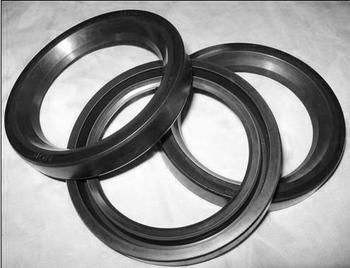
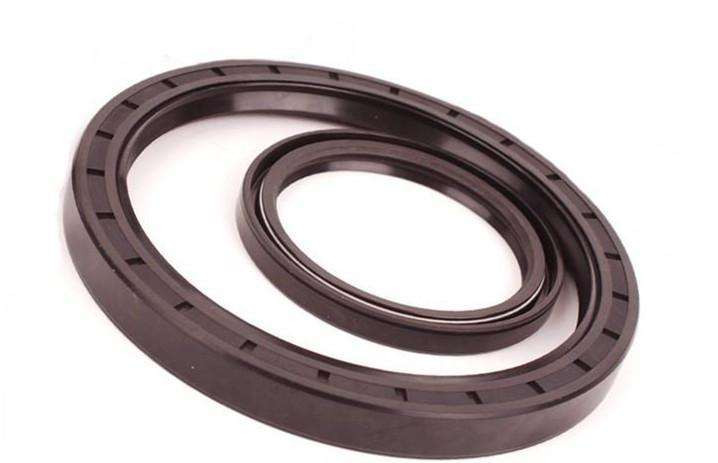
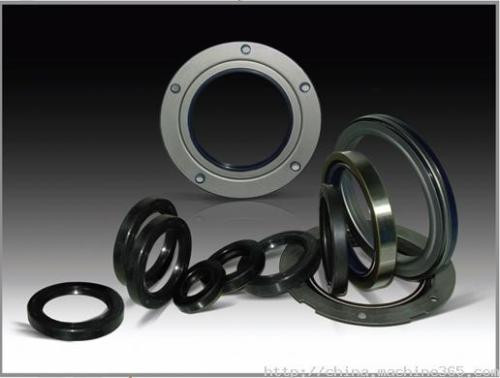


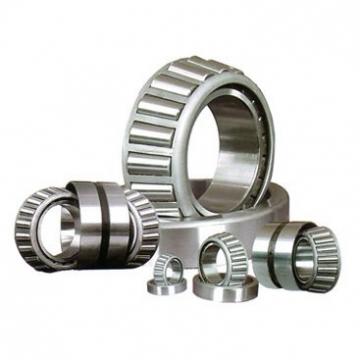 LL217849/LL217810 Fersa Tapered Boller Bearings
LL217849/LL217810 Fersa Tapered Boller Bearings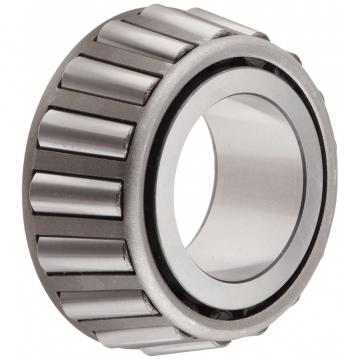 02872/02820 CX Tapered Boller Bearings
02872/02820 CX Tapered Boller Bearings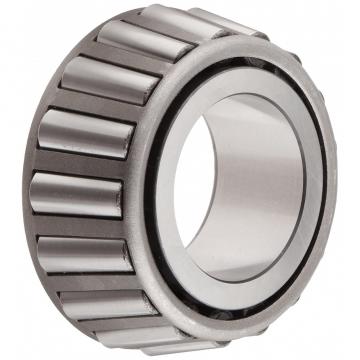 32017-X NKE Tapered Boller Bearings
32017-X NKE Tapered Boller Bearings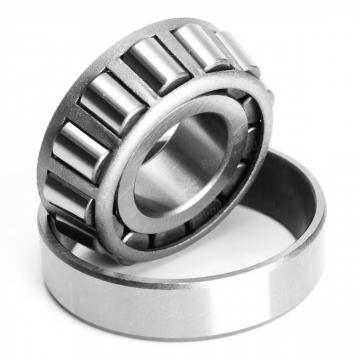 932006.C.H206 SNR Tapered Boller Bearings
932006.C.H206 SNR Tapered Boller Bearings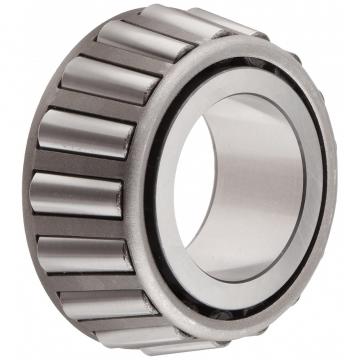 6580/6535 CX Tapered Boller Bearings
6580/6535 CX Tapered Boller Bearings